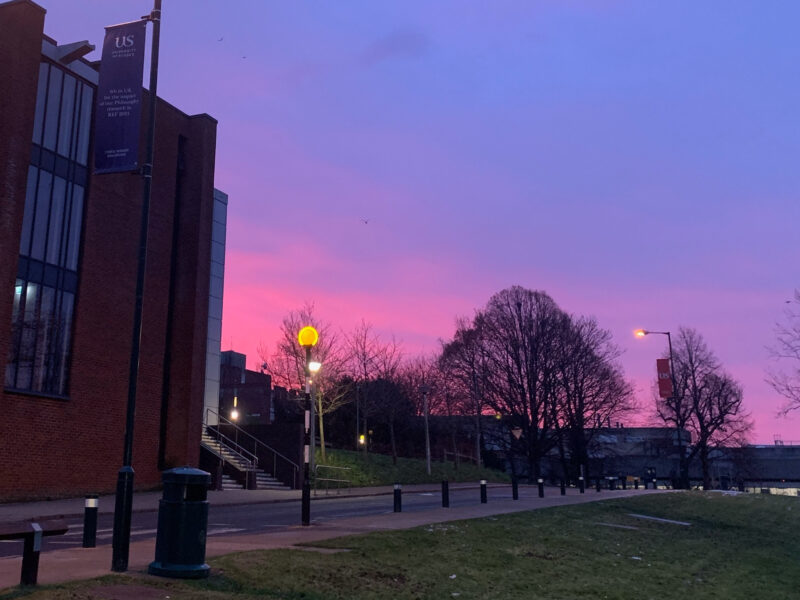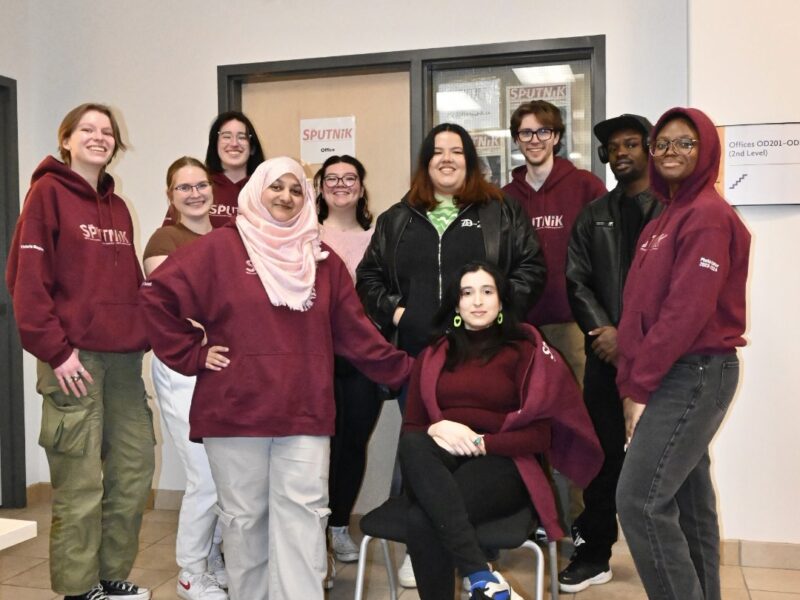How is it that the women of Laurier Brantford don’t have a voice in the Brantford Campus Council?
How can it be that they are almost invisible, despite the fact that females make up over half of the Brantford campus population?
Of course, I don’t mean that every event must become an issue involving a lack of female participation or influence. This isn’t an all-girl boarding school where a male’s opinion isn’t valid, nor should this be one. It should be understood however, that for some reason, in a female majority campus, the voice of females remains oddly quiet.
Unfortunately, the idea of women being second-class citizens with little to no voice in the public domain is not something new.
Despite making progress in the business world by moving into careers other than “stay at home mom,” women are still greatly concentrated in more “traditional” female occupations. While some women have taken the step into usually male-dominated professions, this is not yet the case for the majority of Canada. In 2009, women comprised 87.1% of all nurses and health-related therapists, 75.5% of clerks and other administrators, 65.9% of teachers and 56.9% of sales and service personnel.
While there may not be a direct correlation between the lack of female participation in the Brantford campus, and the strong concentration of women in supposed “female occupations,” it is evident that there is a shortage of women in powerful roles in both large and small spheres.
In our little campus sphere, the lack of female candidates running for the Brantford Campus Council can easily be summarized by one main point; females were not equally represented in the election simply because no one wanted to run. No one – aside from one bold woman who should be particularly applauded – even bothered running for a position. Sadly, our campus is not dealing with A League of Their Own, as there was barely any woman who decided to step up to the plate and take a swing at bat.
This isn’t to blame the female population of Laurier Brantford for their lack of enthusiasm when it comes to campus politics. In many other campus activities, our girls greatly excel.
Between the Powderpuff girls’ football and the various F-Word events held on campus, they have created a strong sense of female empowerment. It’s only when it comes to politics that things tend to slide into a more male dominated zone.
With Laurier Brantford’s high school-esque campus size, elections seem to be more of a popularity contest rather than a vote for the political agenda you are most in favour of. Voting for a familiar face is much easier than spending the time to research each candidate, and with so few males at this campus, it’s easier to recognize a male name or face than it is to a recognize a female.
With more females on campus, it’s easy to get lost in a sea of girls. Unfair as it may seem, as a female you have to do something to stand out or else you’re just going to blend into the background, regardless of how superb your platform may be.
Luckily these immature, superficial tactics do not transfer into the real world. Canadians are not voting for a certain leader based on their looks – or at the very least not solely based on their looks. I doubt Stephen Harper was elected because of his baby blue eyes and his foxy silver hair. Sure, it’s understandable that a leader must have charisma and something compelling enough to force the public to a voting booth – as many citizens sadly still view voting as a chore rather than as a right.
But when it comes down to it, the public will vote for the party that they believe best represents their opinions on the significant issues. And unfortunately for the female population of Brantford, their opinions might not be represented by male candidates, and their voice may go unheard again until the next election.



